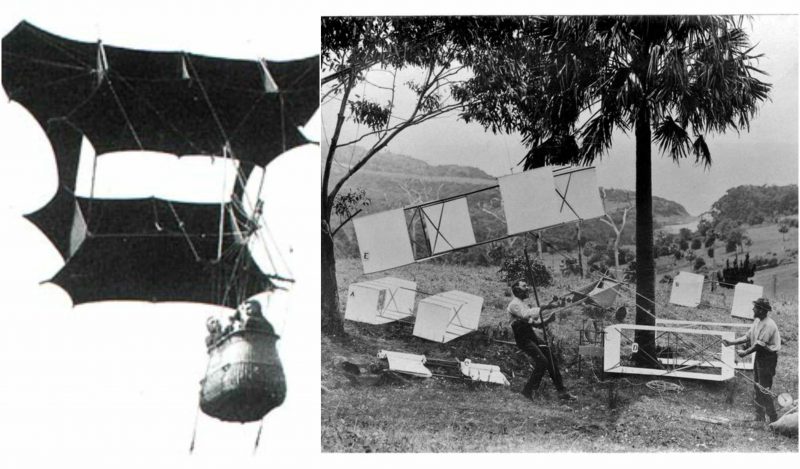People have wanted to fly since probably ever. The earliest records about man-lifting kites date back to the 636 “Book of Sui.” In it, there are accounts of the executions of prisoners ordered by the tyrant Gao Yang, Emperor Wenxuan of Northern Qi who lived around the year 550.
According to the book Gao Yang enjoyed “to release” prisoners by making them jump off the top of the tower, strapped with bamboo mats on their hands.
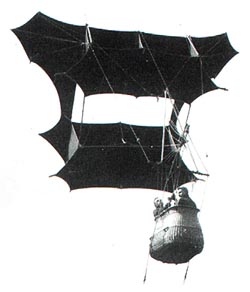
He called it ‘liberation of living creatures’. The prisoners were falling on the ground dead while the emperor was entertained and their deaths were followed by his laughter and enjoyment.
The 1044 Chinese histography “Zizhi Tongjian” records that all of the kite test pilots and prisoners have died except for the Eastern Wei prince Yuan Huangtou. He supposedly jumped off the tower with an “owl kite” – a kite made in the form of an owl. Even though he managed to land alive, he was later executed by starvation.
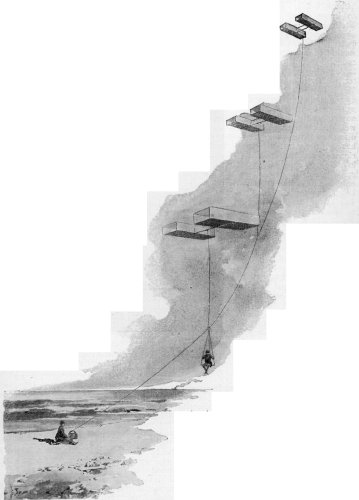
There are records about man-lifting kites all around the world. In the story about the thief Ishikawa Goemon who lived in the middle century in Japan, he used a kite when he stole the golden scales from the Nagoya Castle. Two centuries later, the Japanese architect Kawamura Zuiken used kites to lift his workmen during construction.
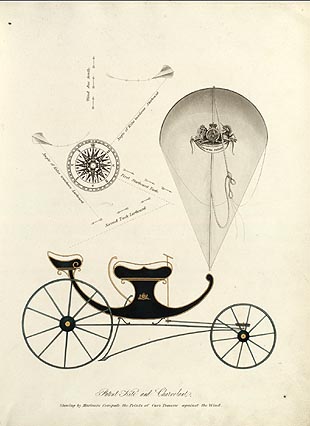
In 1822, the English inventor George Pocock invented the kite-drawn carriage – “Charvolant”. He had also helped construction workers climb to inaccessible cliff tops by lifting them with kites.
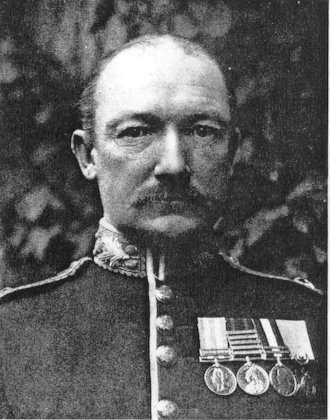
In the 1890s, the English aviation pioneer Captain B.F.S Baden-Powell designed the “Levitor” – a man-carrying kite system. His “Levitor” is the first well-documented account of a man lifted by kite. He intended his innovation to be used by the army for aerial observation or for lifting wireless antenna.
He tested his hexagonal-shaped kite in 1894 when it lifted a men 15.25 metres off the ground. Since the test it became common for men to be lifted by kite even above 30.5 metres.
Baden-Powell’s kites were ordered in South Africa to be used in the Boer War, but they they were never used because by the time the shipment arrived in South Africa, the fighting was over.
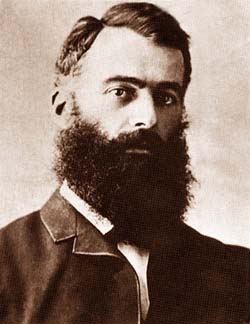
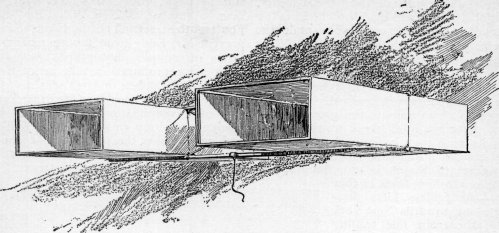
In 1894 the Australian engineer and inventor Lawrence Hargrave, lifted himself from the beach in Stanwell Park, New South Wales by using the box kite that he created in 1885. Even though the whole rig and himself weighed more than 100 kg, he still managed to lift himself 4.9 metres above the ground.
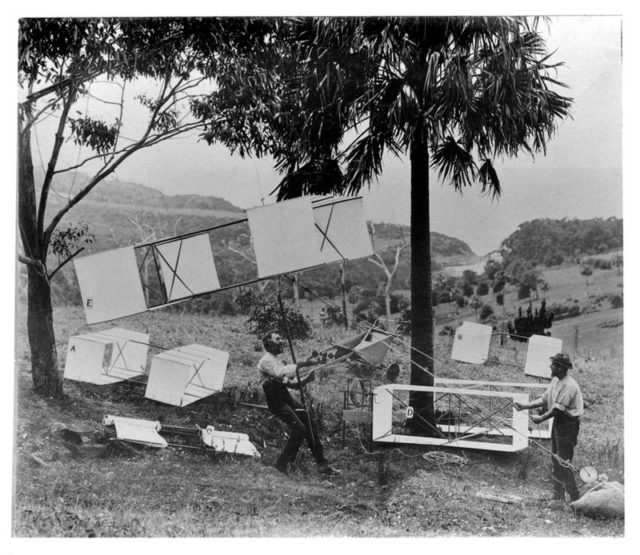
Later, the Wild West showman and early pioneer of manned flight Samuel Cody, got fascinated by kite flying and he managed to increase the lifting power of Hargrave’s box kite. He set a new record by lifting a man with kite to height of 488 metres.
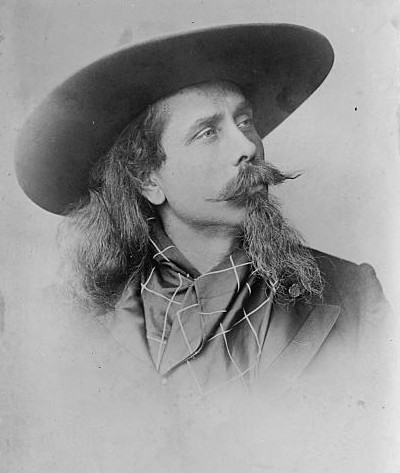
Cody named his invention the Bat and offered it to the War Office as an observation “War Kite” and they adopted in 1906. Cody’s design was used for observation until it was replaced by aircraft.
